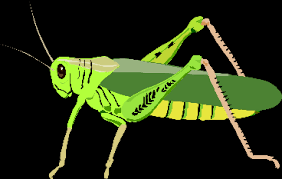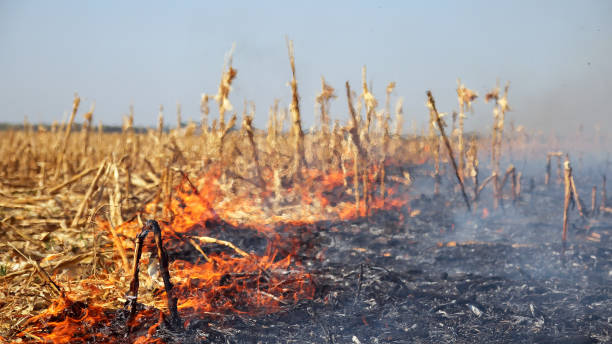Burns and Bugs in Sac County
Sac City, Sac county, Iowa

Beck O’Brien
1876
One Saturday in late September of 1876, a group of people met in the Sac City courthouse to form a grasshopper brigade. The group gathered chose local farmer Washington Allen as president of the brigade and gave him the task of procuring “posters warning persons against setting out prairie fires, under penalty of the law.” [this is from the Sac County history]
In March of 1877, Allen went on to create “Allen’s Grasshopper Exterminator,” a mechanism designed to catch the insects so the landowner could then exterminate them. The Sac City Sun advertised Allen as “well-known and trusty” and advised “none to purchase elsewhere till first they have tested this machine.”
In the late 1870s, grasshoppers were feasting on much of the land in northwestern Iowa, and Sac City was no exception. When a field was infested with the insects, many took to burning their land as a means of extermination. The Sac City grasshopper brigade wanted to prevent fires until May presumably so everyone in the county would burn at the same time.
However, there was plenty of debate as to when the best time to strike the match would be, considering the fact that no one quite knew when the grasshopper eggs would hatch. One article in the Sac City Sun, published on February 23, 1877, urged landowners not to remain idle.
The author admits that an early burn might also kill the chances for a successful hatch of prairie chickens (a type of grouse), who were one of the grasshoppers’ key predators. “Of course the chickens would destroy hoppers and be good use for food, but to take chances is hardly prudent.” BUT The Sac City grasshopper brigade set forth as one of its duties to protect prairie chickens, and to prevent others from killing them.
In May of 1877, the time came to burn the fields. On May 11, the Sac City Sun reported, “We hope that 999,777,555,333,111 grasshoppers were killed, but we hardly think they were!”
While burns were a preferred method of grasshopper extermination in the late 1870s, fire also has a history of unwanted destruction in Iowa. In the History of Sac County Iowa by William H. Hart, the author explains the destructive qualities of burns gone wrong, but not before waxing romantic about the beauty of prairie fires at night. “The lurid light from the leaping tongues of fire cast a tinted reflection on the dark sky which no painter can hope to reproduce,” Hart writes.
He also includes a poem in his description:
“The wild wind like a sower sows
The ground with sparkles red,
And the flapping wings of bats and crows
Through the ashes overhead,
And the bellowing deer and the hissing snake–
What a swirl of terrible sounds they make!”
Hart explains the damage fire also had on early settlers’ properties, explaining that these fires not only claimed fields and homes, but also sometimes the lives of those whose clothes caught fire. He explains in detail how the fires spread.
“Before the work of home protection had been accomplished not unfrequently the gentle breeze grew to a steady wind, which rapidly increased in its velocity, carrying now and then a burning spear of grass to some remote part of the prairie land, until an hour had elapsed a dozen or twenty separate fires had been kindled, and before the morning dawn the irrepressible flames had wrought dire calamity over a whole county, and perhaps, with a high wind, was still proudly marching over the territory of another.”
These fires had such an effect on the state that in 1871 a law was passed that would fine someone who “willfully or without using proper caution” set fire to prairie or timberland which destroyed or injured someone else’s property up to $500 (over $12,000 in 2018) or put them in jail for up to a year, or a combination of both punishments.
While fires were a source of destruction, in the late 1870s these destructive capabilities were harnessed to rid the land of locusts in Sac City. While gadgets such as “Allen’s Grasshopper Exterminator” were likely helpful in ridding the area of the insects, Sac City’s residents were partial to the use of fire to extinguish the county’s infestation.

